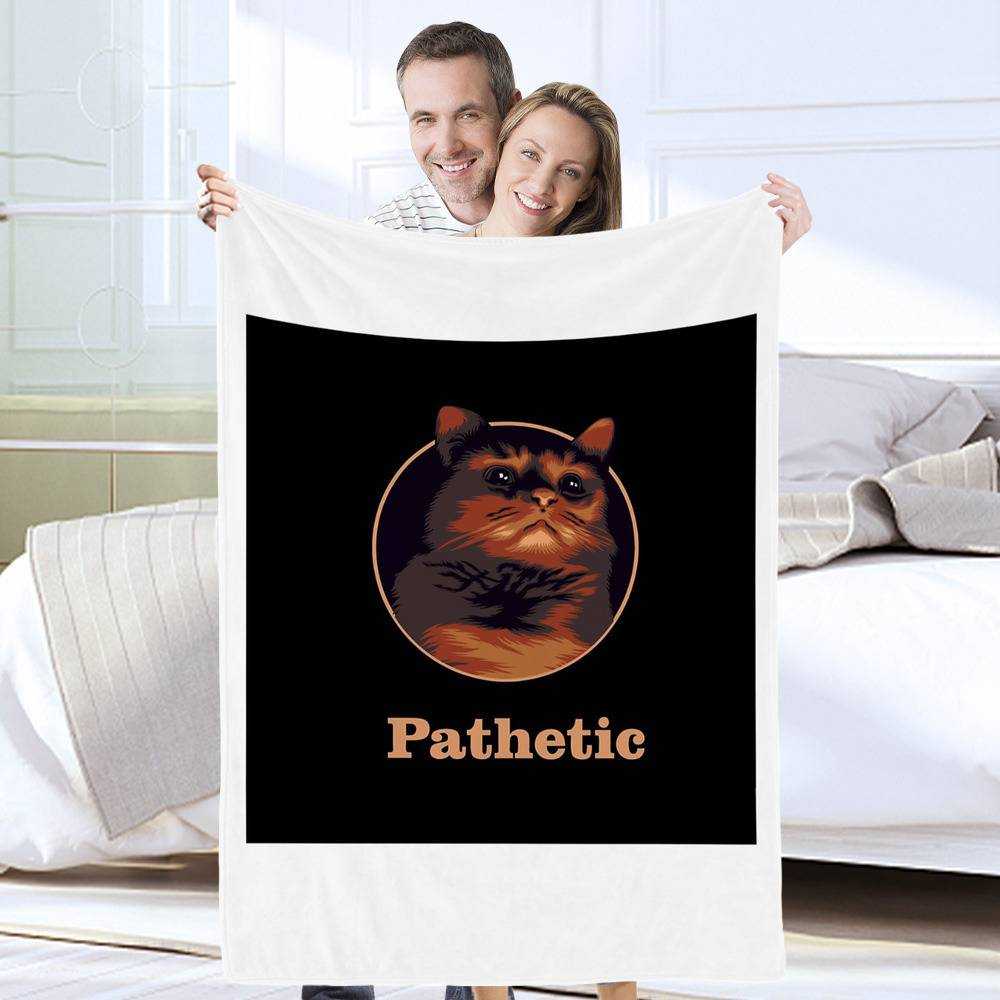From LOL to Letdown: The Story of Disappointed Meme Phone Cases
In the world of meme culture, where humor and creativity collide, phone cases adorned with expressive and relatable memes have gained popularity among the tech-savvy community. https://www.disappointedmeme.store/collections/disappointed-meme-post-cards serve as a fashion statement but also as a way for individuals to showcase their unique sense of humor and personality. However, amidst disappointedmeme of witty and amusing designs, a peculiar trend has emerged – the rise of disappointed meme phone cases. These cases depict iconic meme characters in various states of disappointment, capturing the essence of expectations unmet and hopes dashed.
The Rise of Disappointed Meme Phone Cases
Once a niche trend in the world of phone accessories, disappointed meme phone cases have skyrocketed in popularity in recent years. With the rise of social media platforms like TikTok and Instagram, these cases have become a must-have item for those looking to add a touch of humor to their everyday lives.
What sets disappointed meme phone cases apart is their ability to transcend language barriers and bring people together through shared humor. The simple yet expressive designs capture a universal feeling of disappointment that resonates with a wide range of audiences, making them a viral sensation online.
From the iconic “Woman Yelling at a Cat” to the classic “Hide the Pain Harold,” disappointed meme phone cases have evolved to feature a diverse array of popular memes. Their humorous and relatable nature has turned them into a cultural phenomenon, beloved by meme enthusiasts and casual phone users alike.
Critical Review of the Trend
Many consumers initially gravitated towards Disappointed Meme Phone Cases due to their humorous and relatable designs. The use of popular memes added a playful touch to everyday phone accessories, creating a sense of connection among users who shared a similar sense of humor. However, as the trend unfolded, some began to question the longevity of its appeal.
One common criticism of Disappointed Meme Phone Cases was their lack of practicality. While the initial novelty factor brought smiles to users' faces, the designs often lacked durability and functionality. Users reported issues with fading prints and cases that did not provide adequate protection for their devices. This led to concerns about the value for money that these cases offered in the long run.
Furthermore, the oversaturation of the market with similar designs led to a decline in the uniqueness that initially made these phone cases stand out. As more and more manufacturers jumped on the trend, consumers found themselves faced with a sea of repetitive and uninspired options. This saturation of the market contributed to a sense of fatigue among users, who were no longer as excited to showcase their Disappointed Meme Phone Cases as they once were.
Impact on Pop Culture
Disappointed Meme Phone Cases swiftly captured the attention of social media users worldwide, becoming a viral sensation overnight. The relatable expressions of disappointment portrayed on these cases resonated with a generation immersed in meme culture, sparking a wave of online sharing and conversation.

Their emergence marked a shift in how humor is showcased and shared in the digital age. The prevalence of these phone cases in pop culture underscored the power of visual humor and the profound impact of memes on shaping contemporary communication trends.
Furthermore, the ubiquity of Disappointed Meme Phone Cases in online spaces served as a reflection of society's collective experiences and shared emotions. Disappointed Meme Accessories how seemingly mundane objects can transcend their physical form to become cultural symbols that unite diverse individuals through humor and relatability.

